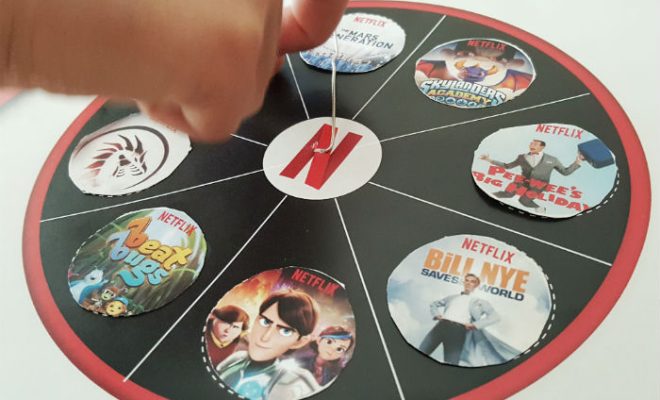What Is Second Life? A Brief History of the Metaverse

Second Life is a 3D online virtual world where users create an avatar and can interact with other users in a virtual space. The metaverse, a term coined by science-fiction author Neal Stephenson in his 1992 novel “Snow Crash,” describes a collective virtual shared space that can be accessed by multiple users.
Second Life was launched in 2003 by Linden Lab, a San Francisco-based company. The virtual world gained a large following and was praised for its user-generated content, including virtual buildings, vehicles, and clothing. In 2006, Second Life was even featured in an episode of the television series “The Office.”
Despite its popularity, Second Life has faced criticism for its adult content and the frequency of virtual sexual encounters between users. Linden Lab responded by implementing adult-only areas and curbing explicit content.
Second Life has also faced competition from other virtual worlds, such as World of Warcraft and Minecraft. However, Second Life remains unique in that it allows users to create their own virtual businesses and economics, with some users making real money selling virtual goods.
In recent years, Second Life has faced declining usage, with some critics citing its outdated graphics and lack of modern features. However, Linden Lab has continued to update the platform and has launched a version of Second Life for virtual reality devices such as Oculus Rift.
Overall, Second Life remains a significant example of the metaverse and offers users the ability to create a virtual life and community. While it may no longer be as popular as it once was, it remains a notable example of the potential of virtual worlds.






